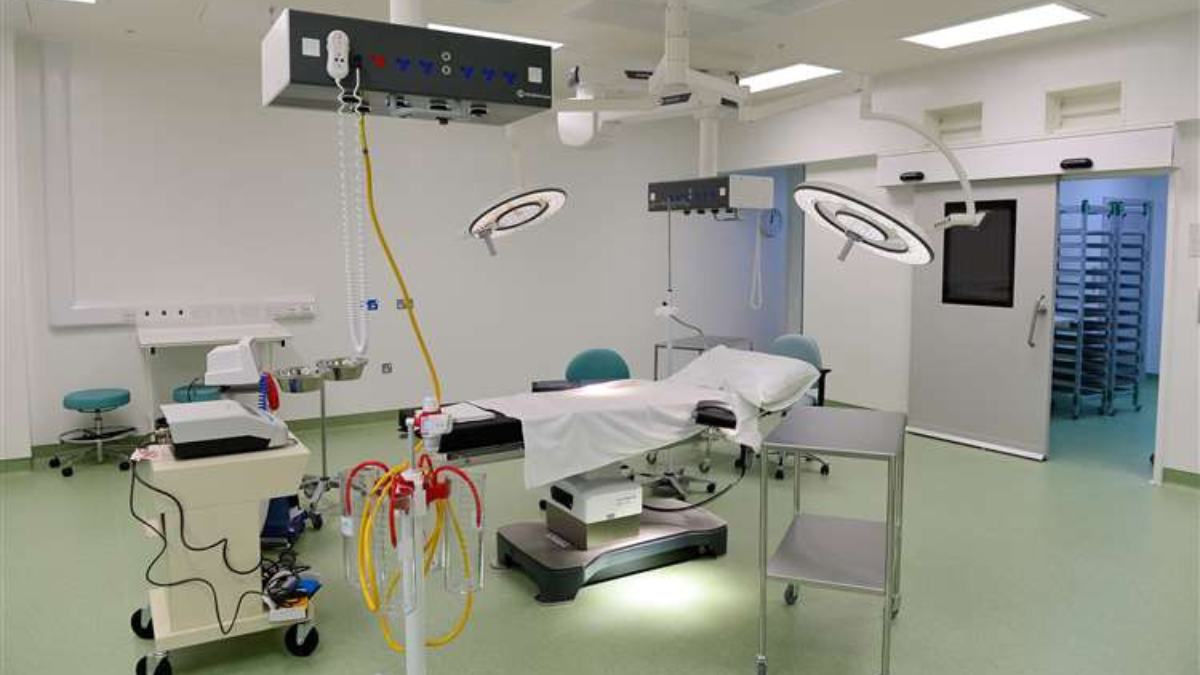With the National Treatment Centre Highland opening this week the key priority is to tackle ophthalmology and orthopaedic patients and ease the suffering of more people fast. But with such huge backlogs we must guarantee that not only are we optimising the waiting lists and treating patients fairly, by length of wait and clinical priority, but we are also maximising theatre time to ensure more patients can be treated overall. A key aim of the centre is to keep all theatres and clinics full.
With help from Insource, unified data from disparate systems across the Health Board and informed patient selection are central to its success.
NHS Highland NTC
The National Treatment Centre (NTC) in NHS Highland is a purpose-built centre for both surgical and outpatient eye care services, uncomplicated hip and knee replacements, and foot, ankle, and hand day-case surgery. It encompasses 13 consultation rooms, 5 theatres and 24 beds and is part of 10 NTCs funded by the Scottish Government. It draws waiting list patients largely from NHS Highland but also handles referrals from NHS Grampian. To ensure money from the public purse is well spent, NHS Highland are working hard to ensure the NTC is working at maximum capacity.
Key challenges
Despite the backlogs, surgeons are still spending very little time on ‘knife to skin’ procedures. Some NHS Highland consultants estimate this is as little as 15% of their total week. All surgeons want to do more but are often plagued with excessive administration, cancellations on the day of surgery and wasted theatre slots. Whilst DNAs are a major issue, inadequate access to minimum / maximum / average procedure timings when scheduling theatre staff and equipment also has a big impact. Under-runs in theatres are inefficient and over-runs are putting huge strains on staff welfare when they need to get home for families. Lack of a clear picture of anticipated length of stay and projected bed availability are also severely limiting factors.
Getting the complete picture for streamlined surgical care
In order to get the right patients to the NTC, at the right time, staff need the complete picture. Accurate data that is retrieved from numerous disparate systems across the care landscape from TrakCare PMS, SCI Gateway, TheatreMan, diagnostics, care contacts, +++ and combined into a single version of the truth – is vital. This single source of fully validated data enables operational teams and clinicians to see the full patient journey to date before scheduling them into the NTC.
Patient selection is key if the NTC is to operate at maximum capacity and deliver safe patient care. To be useful this data needs to include:
- Patient demographics including how far they are from the centre to ascertain if they could come in quickly if a slot becomes available at short notice
- Length of wait and clinical priority
- The patient’s anaesthetic fitness (ASA score)
- Theatre staff and equipment availability and much more…
With this data to hand and populated automatically the NTC is now planning theatre timings, length of stay or daycase, bed occupancy levels, and post-operative care and hand-off.
Unified data is now the basis for effective scheduling. With the Insource elective recovery suite all this data is now available for fast patient identification and scheduling. In fact, the first pre-operative ‘Picking Lists’ are already now in use:
“This is ‘revolutionary‘! I created my theatre list for the month in half an hour, it usually takes that long per theatre list.” – Colin McNair, Clinical Director, NHS Highland
With this data-rich foundation, efficient scheduling is already maximising theatre usage and surgeon operating time. The targets agreed by NTCH include delivering 4 joints per day, 4.5 foot and ankle, 4 hand surgery patients per day, 16 cataracts, zero on-the-day cancellations, no under- and over-runs with a tolerance of 5%, and a 95% theatre utilisation by Year 2. All look set to be well met.
For more information see www.insource.co.uk and www.ntchighland.org.uk




